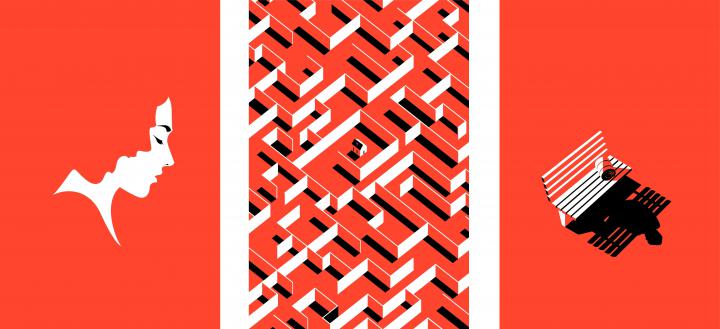In print advertisements, it is important to make sure that your ads and designs are noticed by your target audience. You create interesting designs and choose eye-popping colours to guarantee that there will be at least a hint of interest or some sort of a glance on your ad. While with the most talented and most dedicated artists out there to design your campaign or advertisement, it’s not always a guarantee that it will be successful.
The Story of Colour Design
In the topic of colour selection, there’s pantone – a detailed system for matching and creating colours used for any media and product. Pantone has then released numerous colours over the years and widely enjoyed in different kinds of projects, designs, and makeovers. It has then become a huge part of the designing process.
With a wide variety of pantones and the matching system to ensure it’s an exact colour match, designing art and campaigns digitally has been a breeze. The wide variation of colours made available in each shade makes the advertisements and digital art pop when printed. That’s why pantone colours, design, and print work hand in hand.
The Discovery of Unignorable
Pantone has recently released a new colour that they call ‘Unignorable’ – a colour that is supposedly guaranteed to capture your attention and interest. It was used in this new campaign released by the United Way in the ‘Show Your Local Love’ campaign – addressing mostly local issues like domestic violence, social isolation, mental health, poverty, and homelessness – a colour needed to be unignorable. With this issue rampant in different parts of the globe, it was important that they direct the reader’s’ attention in the right place.
Paired up with a minimal design that’s made to make you think, this actually creates a symbolic and memorable campaign that will be discussed for years to come. With its simple design and rather complex meaning, it provokes thought and even conversation to art enthusiasts and even those who just saw the campaign. It will eventually leave a mark in their brain and, mostly for digital artists, will be a source of inspiration for their future designs.
An advertisement can only be seen as effective when people continue to talk or refer to the design even after the campaign. It will be associated with the issues or the product it was created for – even after the various designs that came after it. With the right colour hue and the simplest but striking design, it will be possible to achieve that goal.



 1300 483 455
1300 483 455 0418 260 940
0418 260 940 132 Marsden St, Parramatta
132 Marsden St, Parramatta




